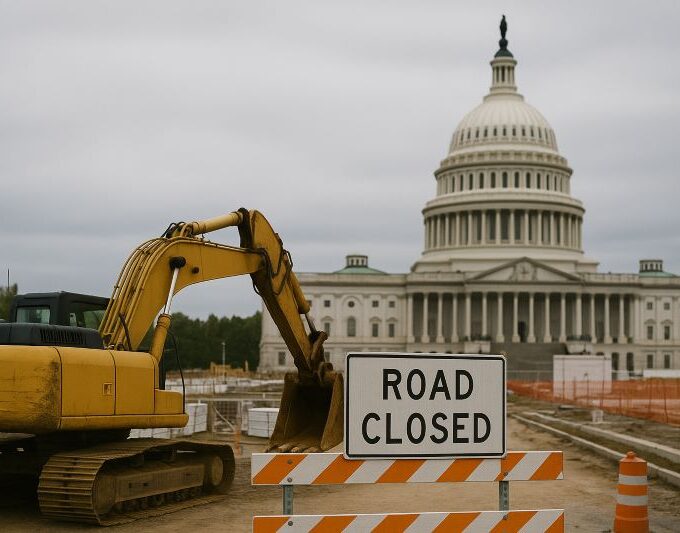The White House recently released an official announcement, stating that it will revise Appendix II of the tariff exemption list under an existing U.S. executive order. A key update in this revision is the inclusion of three widely used agricultural chemicals—Triflumizole, Diflubenzuron, and Cymoxanil—in the scope of tariff exemptions. This adjustment, which targets specific inputs critical to agricultural production, is expected to have a direct impact on the global supply chain of these chemicals and the cost structure for U.S. importers.
Import Source Distribution
To contextualize the significance of this tariff exemption, historical trade data compiled by AGROPAGES offers insights into the U.S. import landscape for the three chemicals over the past six years (2018 to 2024). The data reveals a diversified import pattern, with no single country dominating all three product categories, and highlights the varying degrees of reliance on different global suppliers. (Note: This data exclusively covers products with customs codes starting with 29 and 38, which correspond to the chemical classifications of the three agro-chemicals.)
Triflumizole
Japan has long been the primary supply country for Triflumizole imported by the U.S., with Nippon Soda—a leading Japanese chemical manufacturer—serving as the core supplier, responsible for a large share of the U.S. market demand. While China is not a major long-term supplier of Triflumizole to the U.S., Jiangsu Heben Technology, a Chinese chemical enterprise, did record exports of the product to the U.S. in 2018, marking a sporadic but notable presence in the market.
Diflubenzuron
The U.S. import of Diflubenzuron shows a more balanced regional distribution, with multiple countries contributing to the supply. Among them, China holds the largest share at 34%, making it the top source country for this chemical. Brazil follows closely with a 27% share, while Belgium, France, and Bulgaria each account for 12%, 11%, and 11% respectively. A distinctive feature of China’s Diflubenzuron exports to the U.S. is the dominant role of trading companies—most Chinese shipments reach U.S. buyers indirectly through these intermediaries, rather than via direct exports from manufacturers.
Cymoxanil
The U.S. import sources for Cymoxanil are the most geographically diverse among the three chemicals. India leads as the largest source country, contributing 19% of total imports, followed by Latvia (17%), Germany (15%), China (15%), and Turkey (11%). On the Chinese side, two enterprises stand out as key exporters of Cymoxanil to the U.S.: Taizhou Baili Chemical Co., Ltd. and Shenzhen Yinkunpeng Industry Co., Ltd., both of which have established stable trade channels for this product.

Impact on Major Exporters
China is a key producer and exporter of Diflubenzuron and Cymoxanil. Over 30% of U.S. Diflubenzuron imports came from China, and 15% of Cymoxanil imports were from China. This tariff exemption is expected to reduce export costs for relevant Chinese enterprises and enhance their competitiveness in the U.S. market.
India, on the other hand, was the largest source country of Cymoxanil for the U.S., accounting for 19% of imports. Its main exporting enterprises included Agrow Allied Ventures Pvt. Ltd (AAVPL), Coromandel International Ltd, Parijat Industries India Pvt Ltd, and Willowood Chemicals Pvt Ltd.

Policy Implications
The White House’s unexpected revision of the tariff exemption list underscores a new critical trend: U.S. trade policies related to agricultural chemicals remain in a state of dynamic adjustment. This flexibility, while potentially aimed at stabilizing domestic agricultural supply chains and reducing input costs for U.S. farmers, introduces both opportunities and uncertainties for global enterprises involved in the production and export of the three chemicals.
For relevant enterprises—whether in China, India, Japan, or other supply countries—the key takeaway is the need to proactively adapt to policy changes. This includes optimizing supply chain structures to reduce reliance on single markets or intermediaries, refining export strategies to align with U.S. regulatory and tariff requirements, and closely monitoring future policy updates to anticipate shifts in market conditions. By taking these steps, enterprises can better seize the potential market opportunities created by the tariff exemption while mitigating risks associated with sudden policy adjustments.
In summary, the U.S. decision to add Triflumizole, Diflubenzuron, and Cymoxanil to its tariff exemption list is a targeted policy move with far-reaching effects on global agro-chemical trade. As the market responds to this change, the ability of enterprises to adapt quickly will be crucial in determining their success in the U.S. agricultural chemical market.












